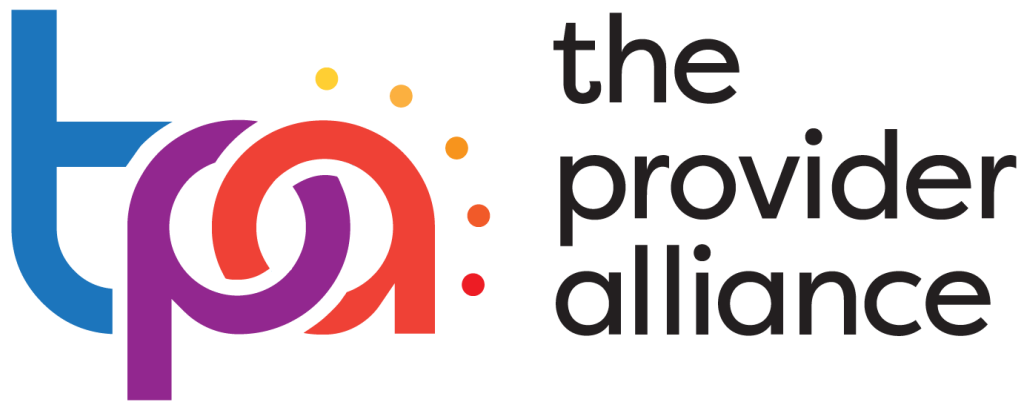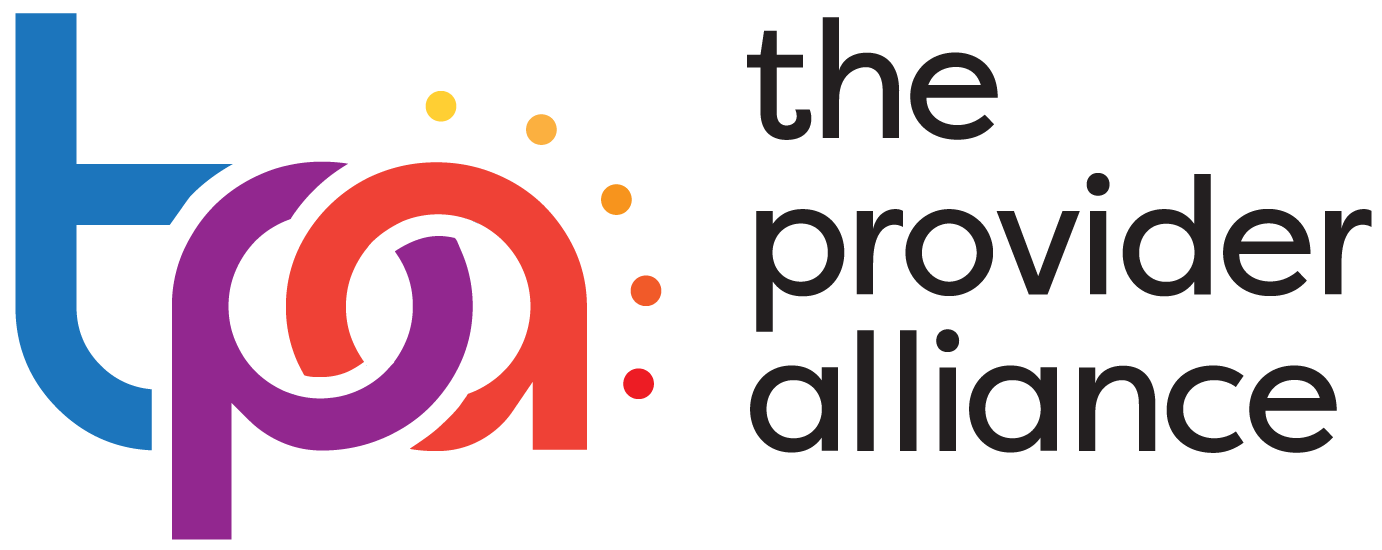In April, the Government Accountability Office (GAO) released a new report, Characteristics of and Expenditures for Adults with Intellectual or Developmental Disabilities. The report examines the demographics and expenditures in the Medicaid Home and Community Based Services (HCBS) programs in six states—Colorado, Florida, Georgia, Indiana, Oklahoma, South Dakota—in 2019.
The majority of the findings from the GAO report center on expenditures and types of services provided to beneficiaries with intellectual and developmental disabilities (I/DD). According to the report, the average per-beneficiary Medicaid expenditures in 2019 for beneficiaries with I/DD ranged from about $51,000 to $70,000, and spending on HCBS was the largest expenditure. For Medicaid-only beneficiaries, about 65% to 82%of health care expenditures were for HCBS, while for dually eligible beneficiaries, HCBS accounted for 82% to 95%of that spending. Within the HCBS service delivery, round-the-clock services like group homes, were the highest expenditure category, followed by either home-based services, such as personal care, or day services, such as adult day care. Round-the-clock services accounted for 40%or more of spending, with average per-beneficiary expenditures for round-the-clock services ranging from about $36,500 to about $73,000.
The report reinforces that spending on HCBS is lower than the cost of providing services in institutional settings. Of the comprehensive HCBS program surveyed, the survey found that except for Indiana, expenditures were about one-third to two-thirds of estimated costs for serving beneficiaries in intermediate care facilities. Institutional costs among the other states surveyed ranged from around $45,000 to more than $172,000 per beneficiary. The survey also found that the use of institutional settings is low, with four percent or less of beneficiaries in each state having institutional long-term care expenditures, such as for nursing homes or intermediate care facilities. In three states, less than one percent of beneficiaries used institutional long-term care services.
GAO has also utilized its survey results to demonstrate demographic trends across the six states. According to the report, generally among the states surveyed, beneficiaries with I/DD receiving Medicaid HCBS tend to be younger men living in urban areas. Data from across the states surveyed indicates that men received services in higher percentages than women, those ages 21-35 accounted for the largest percentage of beneficiaries, and in every state except South Dakota, the largest percentage of beneficiaries lived in urban rather than rural settings.
The survey also revealed that in those states surveyed, 45% of beneficiaries with I/DD enrolled in HCBS programs had an additional health condition. Relatedly, the survey found that in states with comprehensive HCBS programs, expenditures were 13% to 40% higher for beneficiaries with a behavioral health condition than for those without.

